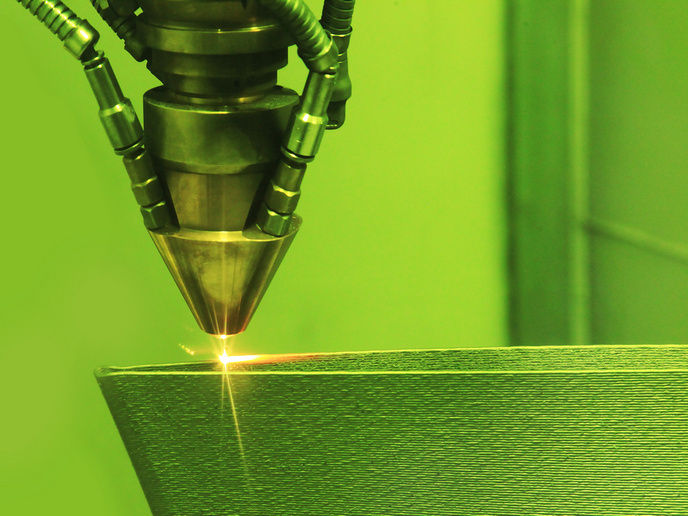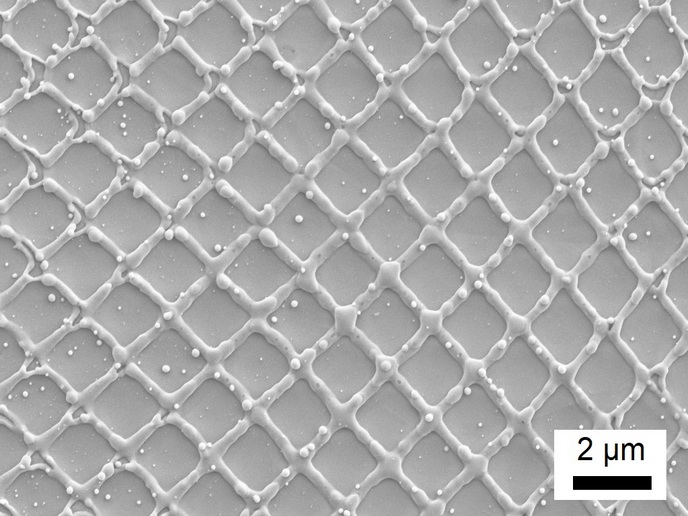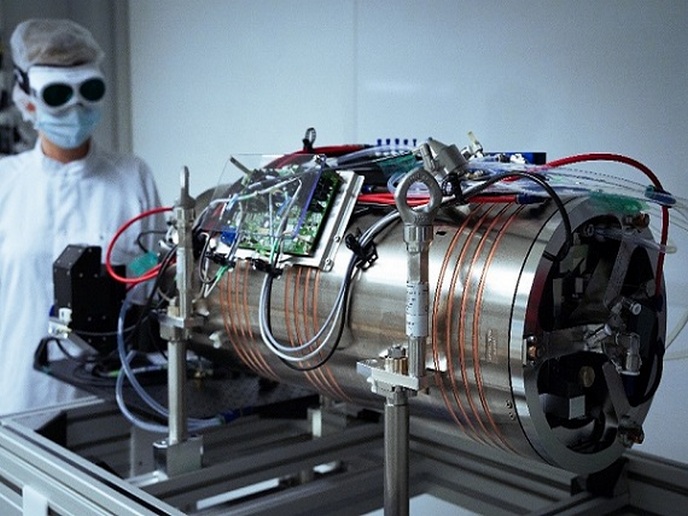New techniques in microwave spectroscopy
The latest advances in the technology of oscilloscopes and digital waveform generators have made it possible to shorten data collection times, increase scan bandwidths and improve the sensitivity of microwave microscopy. Not surprisingly, microwave microscopy has become a powerful tool with a broad range of applications. Within the EU-funded project MWSPEC (New trends in microwave spectroscopy), researchers exploited a new technique to improve on microwave microscopy. Chirped-pulse Fourier transform microwave (CP-FTMW) spectrometry has the capability to supply precise data on the structure and internal motions of large molecules. The MWSPEC team analysed the performance of CP-FTMW spectrometry at frequencies ranging from 2 GHz to 295 GHz. The spectrometer used for this purpose relied on an arbitrary waveform generator to create excitation and detection waveforms and opened up new possibilities for gas analysis. Specifically, researchers analysed the performance of this spectrometer in measuring the broadband pure rotational spectra of large molecules and molecular complexes. From these spectra, their 3D structure, bonding energy, intramolecular interactions and sometimes charge distribution could be determined. The focus was then set on infrared-microwave double resonance spectroscopy. Researchers explored its applicability to intramolecular vibrational energy redistribution in highly excited molecules and how it could be used to influence the process products. Additionally, pulsed jet Fourier transform rotational spectroscopy was further developed for the analysis of molecules with multiple chiral centres. By the end of MWSPEC, a new molecular beam mass spectrometer combining laser ablation with electric discharge had been developed. MWSPEC introduced Europe to a most promising spectroscopic technique developed in the United States. CP-FTMW has made it possible to study structural and dynamical properties of large molecules in gas phase. Evolutionary improvements to the technique will render it suitable for detecting molecules in the Earth's atmosphere, planetary atmospheres and even the interstellar medium.







